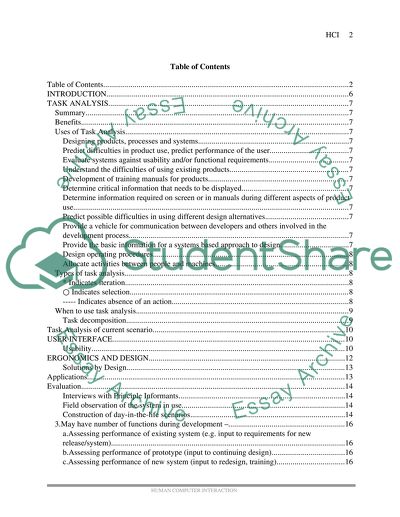Cite this document
(“Human Computer Interaction Essay Example | Topics and Well Written Essays - 3250 words”, n.d.)
Human Computer Interaction Essay Example | Topics and Well Written Essays - 3250 words. Retrieved from https://studentshare.org/technology/1508056-human-computer-interaction
Human Computer Interaction Essay Example | Topics and Well Written Essays - 3250 words. Retrieved from https://studentshare.org/technology/1508056-human-computer-interaction
(Human Computer Interaction Essay Example | Topics and Well Written Essays - 3250 Words)
Human Computer Interaction Essay Example | Topics and Well Written Essays - 3250 Words. https://studentshare.org/technology/1508056-human-computer-interaction.
Human Computer Interaction Essay Example | Topics and Well Written Essays - 3250 Words. https://studentshare.org/technology/1508056-human-computer-interaction.
“Human Computer Interaction Essay Example | Topics and Well Written Essays - 3250 Words”, n.d. https://studentshare.org/technology/1508056-human-computer-interaction.


